Parallels and Comparisons (Proceedings of the Fourth Dubrovnik International Conference on the Sanskrit Epics and Puranas, September 2005)
The first nine articles look for parallels and comparisons between Sanskrit epic texts and Vedic or Upanisadic texts, or even the Greek epic tradition, or between different layers and passages of the Sanskrit epics. They explore individual expressions and concepts, particular themes, text passages in context, text history or literary history. The next group of five articles look for parallels and comparisons in different Puranic and epic texts, within the framework of an interrelated tradition of Puranic texts, again sometimes even reaching beyond the boundaries of the Indian tradition. The last six articles discuss parallels between the Puranic and Tantric texts, between Hindu and Buddhist texts, between Hindu and Jaina texts, and finally between Sanskrit literary themes and modern themes in vernacular languages. The first nine articles in this volume are concerned with epic texts. Tokunaga looks for parallels to the itihasas in the MBh in the literary tradition from the Vedas to the darsanas. In the article on the Trisubh Hymn in the Bhagavadgta the parallels are located in the metrical Upanisads, Kaha and Svetasvatara, and between passages in different adhyayas of the Gta. Von Simson compares different passages on Balarama to extrapolate implications for his mythological character, and even looks for parallels to texts in archaeology, art and iconography. In Allen’s article, the parallels to the MBh are found in Greek literature, namely, in the Odyssey. Vassilkov in his single-epithet study looks for parallels between different passages in the MBh. Bowles looks for parallels in the composition of the Santiparvan. Brodbeck finds them in the life careers of several members of the Bharadvaja clan, which can be reduced to a model. Sellmer traces nouns from one semantic field through different passages of the MBh. Feller, in the only article in this volume concerned with the Ramayana, looks for inherent parallels in the Ramayana and external parallels in Vedic mythical models. On all those levels, the parallels found focus the researchers’ attention on comparisons, correspondences and differences, thus honing our understanding of individual expressions, particular themes, or the text passages in themselves, in their context, in the text history or literary history, or even between different literary traditions, such as the Indian and the Greek traditions.
In the next group which consists of five articles, parallels were sought in different Puranic and epic texts, within the framework of an interrelated tradi-tion of Puranic texts, and sometimes even beyond the boundaries of the Indian tradition. Viethsen’s discussion on the relative chronology of textual pas-sages dealing with the reasons for Krsna’s incarnation is based on a comparison of the MBh and its khila, and, in the background, of the Indian and Greek traditions. Magnone studies an important notion as it occurs in various Puranic texts in various religious contexts. Valpey compares the Bhagavatapurana with the MBh to show how it pretends to present itself as a definitive (devotional) commentary on the great epic. Barois follows different versions of two stories about the Saivite sage Upamanyu through a wide range of Puranic texts and a passage from the thirteenth parvan of the MBh. Finally, Brinkhaus surveys four Nepalese Mahatmyas, three Hindu and one Buddhist, and from their mutual intertextual relationship and their relationship to the pan- Indian Puranas extrapolates the process of their Puranization.
The last six articles could be again considered a group because they discuss parallels between Puranic and Tantric texts, between Hindu and Buddhist texts, between Hindu and Jaina texts, and finally between Sanskrit literary themes and modern themes in vernacular languages. In this last group of articles, parallels and comparisons are examined in different traditions, religions or epochs. Serbaeva Saraogi, when looking for corresponding Yogin-related passages in the Puranas and Tantras, does not study the influence of the Puranas on the Tantras, but rather the largely ignored influence of the Tantras on the Puranas. Söhnen-Thieme scrupulously weighs the probabilities of intertextual relationships between the Buddhist Jataka stories and the tales included in the MBh and formulates some general principles, and yet warning that each case of parallelism must be studied separately. At the end of her article, in addi-tion to the study of literary and religious contexts, Gönc Moaanin raises – thanks to some remarks by Y. Vassilkov – the question of the relatively positive relationship of the Jataka tradition towards the tradition of the Ramayana, which is geographically close to it, and the relatively critical and, in part, ignorant relationship towards the tradition of the MBh, which originates from the western parts of India – introducing thereby a hint for the study of the political con-texts of our texts. De Clercq compares Jaina versions of the Krnacarita with the “orthodox” version of the MBh, Harivasa and Bhagavatapurana. Couture compares three Jaina versions of Krsna’s childhood with the respective passages in the Harivasa. Since in the case of the Jaina Puranas the direction of influence is not as questionable as in the case of Hindu-Buddhist parallels, both can devote their whole attention to the strategies of adaptation of the Hindu stories to the Jaina doctrines. Using one example, Dejenne shows how surprisingly the Sanskrit epics and Puranas and their themes remain a relevant referential framework even for expressing contemporary concerns and ideas in modern India by offering their parallels and paragons for contemporary situations.
Get it now and save 10%
BECOME A MEMBER
-
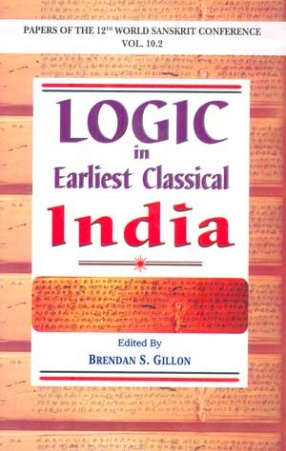
Logic in Earliest Classical India: Papers of the 12th World Sanskrit Conference held in Helsinki, Finland, 13-18 July 2003 (Volume 10.2)
-
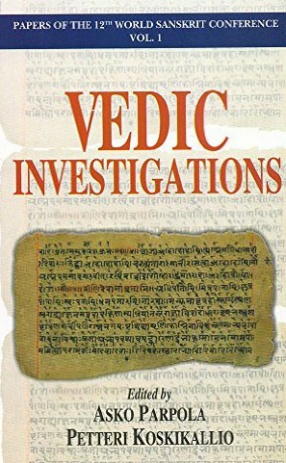
Vedic Investigations
-
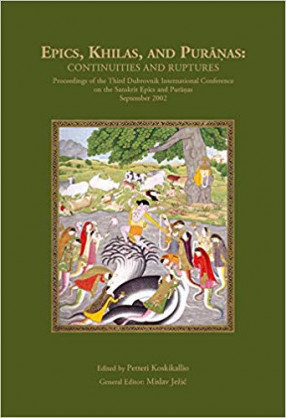
Epics, Khilas and Puranas: Continuities and Ruptures (Proceedings of the Third Dubrovnik International Conference on the Sanskrit Epics and Puranas, September 2002)
-
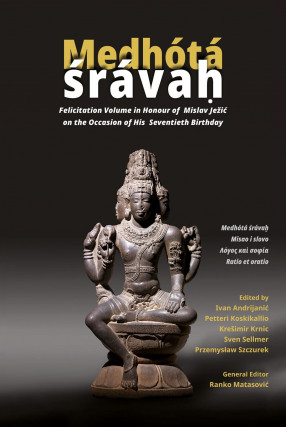
Medhota Sravah: Felicitation Volume in Honour of Mislav Jezic on the Occasion of His Seventieth Birthday
-
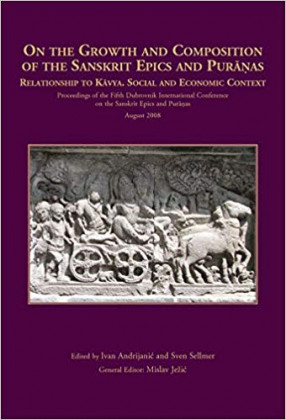
On the Growth and Composition of the Sanskrit Epics and Puranas: Relationship to Kavya. Social and Economic Context (Proceedings of the Fifth Dubrovnik International Conference on the Sanskrit Epics and Puranas, August 2008)

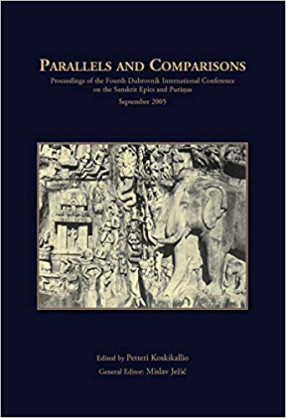
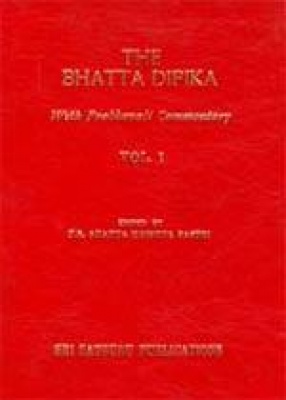
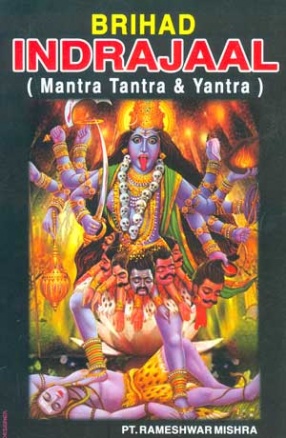
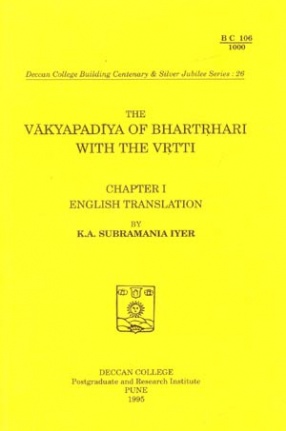
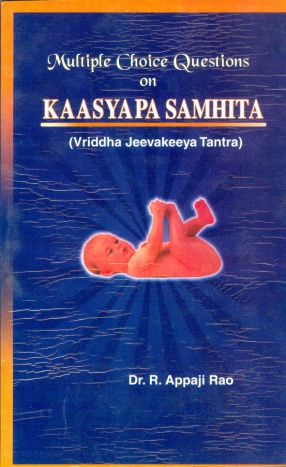

Bibliographic information
Mislav Jezic